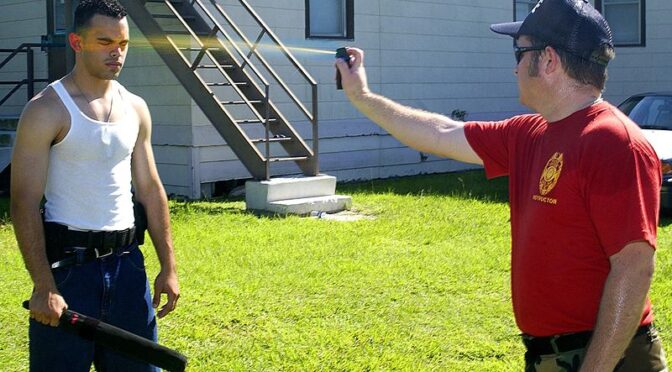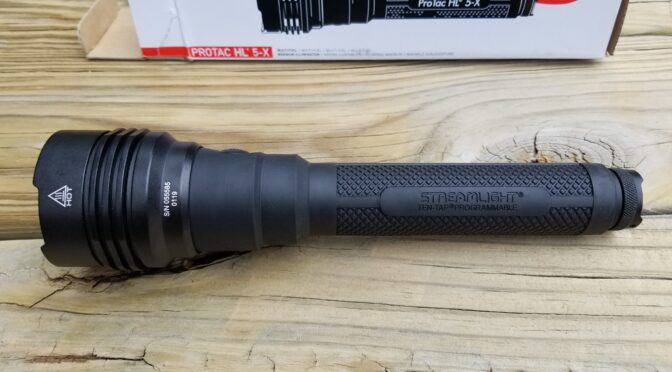According to statistics, there almost 5 million new gun owners in 2020. I think there are a ton of reasons and certainly concerns over the safety of one’s self and loved ones is in the minds of a lot of people these days. With that said, there are a few things I want to pass along and will do so in a series of blog posts. We’ll kick things off with some comments on safety and getting your new firearm ready.
Learn About Your Firearm & How To Use It
Please take the time to learn about your firearm and how to use it. I can’t stress this enough – take a class on firearms and self-defense. Ask around and odds are any number of groups in your area holds classes and you need to find a good one. Like any subject matter, there are good teachers and ones who candidly suck so ask around. If you have no idea where to start, ask your dealer, local sportsman’s club, shooting ranges, friends, etc.
My Short List of Safety Rules
I’ve been shooting since I was so little that my dad had to hold the rifle and help me so literally almost fifty years. I’ve shot with a lot of great guys and one thing they all stressed was the need for safety. Here’s my list of key safety practices that you can always add more to:
- Treat every firearm as loaded and pointed in a safe direction. Assume nothing – verify the state of your weapon. Tons of accidents have happened because of an accidental discharge.
- Keep your finger off the trigger until you are ready to fire. It is very easy to trip or be startled and accidentally squeeze the trigger. You can avoid this by keeping your trigger finger flat against the trigger guard or side of your weapon and off the trigger!
- Be certain of your target and what lies beyond it. There are two safety point here – make sure of what you are shooting at or you risk making a mistake – potentially a horrible mistake. Second, bullets do not necessarily stop in the target or you may miss the target. What lies around and behind the target?
- Your firearm’s biggest safety is you. Don’t rely on a firearm’s safety to prevent a mistake. Think. Anticipate. Your mind is your biggest safety. Think safe, be safe.
- Know your weapon. An awful lot of tragic mistakes have been made as people fumbled with a firearm they did not understand and had not sufficiently practiced with. A crisis is not the place to try and figure out what to do or not do. When the adrenaline is flowing, you will forget a lot of academic details and stand better odds of remembering what you have physically practiced.
- Take care of your weapon and it will take care of you. Make sure it is cleaned, lubricated, using proven magazines (if it uses them) and proven ammunition.
New Guns Aren’t Good to Go
Let’s expand on the last point above. Something that I think is often overlooked and not sufficiently explained to new owners is that most firearms will not reliably work out of the box. I’m not saying something bad about a given maker or model. The fact is that there are a ton of things that may cause your firearm to not work right when you need it most:
- Many firearms do not arrive sufficiently clean. You need to run a patch or bore snake down the barrel to remove any contaminants that have accumulated. I’ve seen new firearms with filthy bores, pristine bores and all points between. Read the manual to understand what cleaners are safe with your firearm. For example, some strong solvents can harm polymer receivers.
- Normally a person cleans and lubricates a new purchase at the same time. Read the manual on instructions for how to lubricate your new purchase. It’s not as simple as pouring on the oil. Indeed, too much lubricate can impair the operation of certain firearms. Note, not all lubricants are recommended on all firearms either. For example, penetrating oil can harm some polymer receivers.
- Just to reinforce the point – Read the manual for your pistol, rifle or shotgun. You need to understand how to operate the weapon as well as how to clean and lubricate it. Most manufacturers have websites with manual that you can download. There are often videos showing details. You can also ask your gun dealer if he/she can explain the details of your weapon to you.
- If your weapon uses magazines, test them at the range with the ammo that you plan on using. You may be surprised but some combinations of magazines and ammunition may work horribly in one firearm and perfectly fine in another. I can’t stress this enough – shoot at least 30 rounds (and the more the better) before you rely on a given combination of weapon and ammunition. By the way, you read and hear people recommend 50, 100, 200+ rounds before you rely on something and they are all right – the more you shoot something, the better your odds are plus practice is good.
- Speaking of practice, don’t just take a firearm to the range once, have a great session and declare victory. You need to also practice loading, unloading, recovering from a jam, etc. Don’t wait for an emergency as I mentioned earlier. The best firearm in the world will not help you if you forget how to do something during a time of need.
More Gun Safety Resources
There are tons of videos and web pages about gun safety. I’d recommend that you spend the time to learn how to be safe so here are a few more pages for you:
- https://www.washingtongunlaw.com/12-golden-rules
- https://gunsafetyrules.nra.org/
- https://www.agirlandagun.org/training/4-rules-of-gun-safety/
- https://www.tcarms.com/5-basic-firearm-safety-rules
Conclusion
I hope this post helped you out. Whatever you do, don’t just buy a firearm and ammunition and do nothing until something happens and you need it. Shooting is actually a fun sport – it doesn’t need to be all doom and gloom. Spending the time to learn about safety, learn about your weapon and practice using it — these are all worth your time.
If you find this post useful, please share the link on Facebook, with your friends, etc. Your support is much appreciated and if you have any feedback, please email me at in**@*********ps.com. Please note that for links to other websites, we are only paid if there is an affiliate program such as Avantlink, Impact, Amazon and eBay and only if you purchase something. If you’d like to directly contribute towards our continued reporting, please visit our funding page.
















